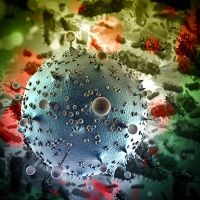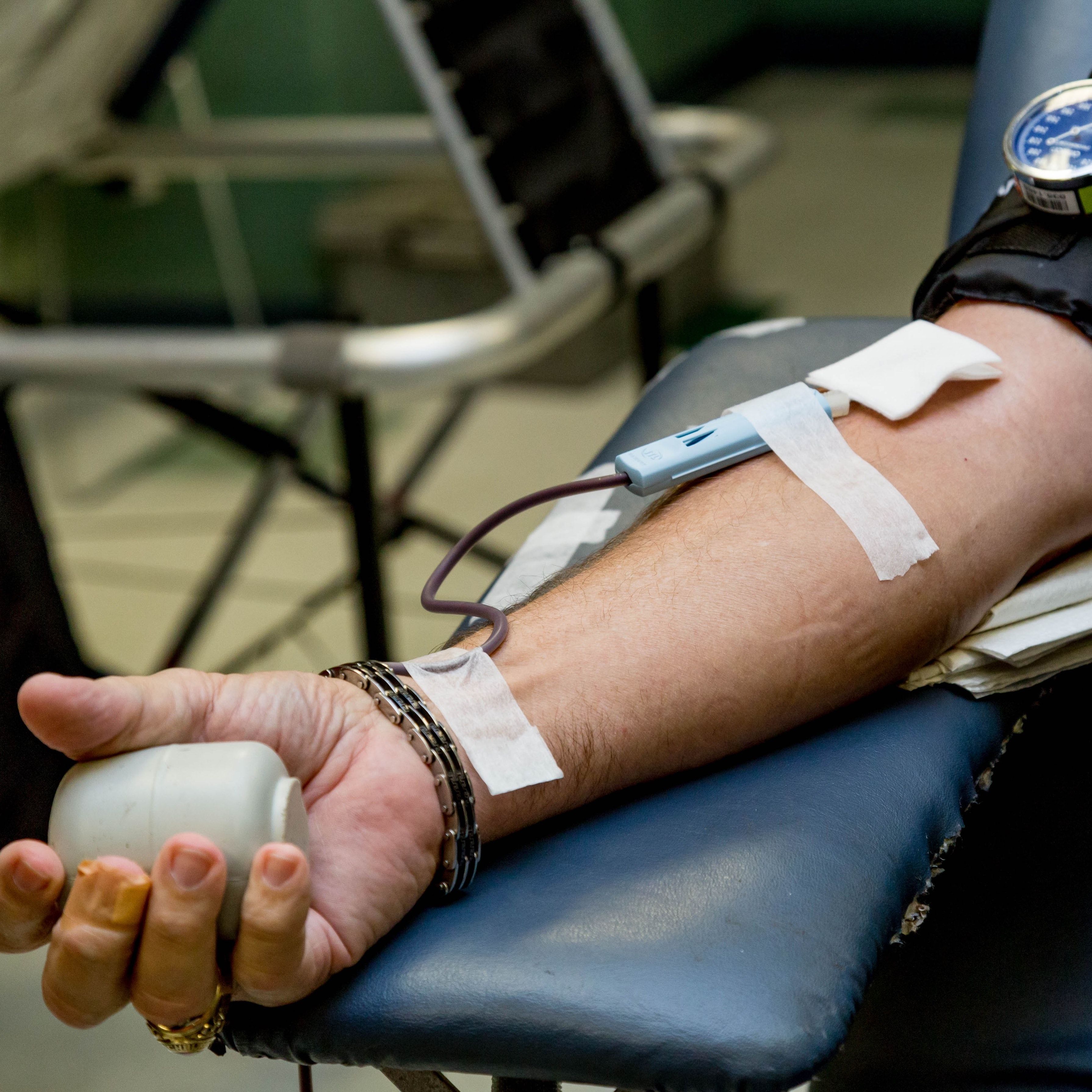Article
Effective HIV Treatment Halts Virus Transmission
Author(s):
Those taking ART and achieve an undetectable viral load have effectively no risk of transmitting it to non-infected partners.

Gay men with human immunodeficiency virus (HIV) who are on treatment making the virus undetectable do not transmit it to non-infected partners, findings from Australia’s Opposites Attract Study show.
Researchers from the Kirby Institute at the University of New South Wales in Sydney, conducted the largest study to analyze HIV transmission risk among homosexual couples with differing HIV statuses. The study was the first to show the results apply to both high and middle-income countries.
“Our research adds to the evidence from a small number of other international studies of heterosexual and homosexual couples and means that we can say, with confidence, that effectively treated HIV blocks transmission in couples of differing HIV status,” Andrew Grulich, professor, head of Kirby’s HIV Epidemiology and Prevention Program, the study’s chief investigator, told MD Magazine.
Those findings, which Kirby announced in July, support the US Centers for Disease Control and Prevention’s (CDC) Sept. 27 “Dear Colleague” letter to healthcare professionals.
The CDC said scientific advances found that antiretroviral therapy (ART) preserves the health of people living with HIV and strong evidence shows ART’s effectiveness in prevention.
“When ART results in viral suppression, defined as less than 200 copies/ml or undetectable levels, it prevents sexual HIV transmission,” the CDC said. “People who take ART daily as prescribed and achieve and maintain an undetectable viral load have effectively no risk of sexually transmitting the virus to an HIV-negative partner.”
The Kirby Institute’s Opposites Attract initiative, conducted from 2012—2016, was an observational cohort study of HIV transmission among 358 gay couples. The men, from Australia, Brazil and Thailand, were in relationships where 1 partner was HIV positive and the other HIV negative. Of the total, 343 couples attended at least 1 follow-up visit, which ended Dec. 31, 2016.
The HIV-positive partner did not need to be taking HIV treatments for the couple to participate. There were no requirements about condom use and no restrictions on whether the HIV-negative partner could use pre-exposure prophylaxis (PrEP).
At each clinic visit, the HIV-positive partner had his viral load tested while his partner was tested for HIV antibodies. Both men were also tested for sexually transmissible infections (STIs).
The results showed no “linked” HIV transmissions, meaning that genetic analysis of the virus displayed no evidence that HIV was transferred from the HIV-positive man to his HIV-negative partner.
Grulich said the results are "very convincing” — but from a statistical perspective, “we can’t be 100% confident that the risk of transmission is zero.”
“However, by combining all the available data globally, we are growing increasingly certain that the risk of transmission is negligible when the HIV-positive partner has undetectable viral load,” Grulich said.
The team concluded that for anal sex without a condom when the HIV-positive partner had an undetectable viral load of less than 200 copies per mL, the “true” risk of transmission could be between zero and 1.56% per year.
The couples in Opposites Attract reported more than 12,000 acts of condomless anal sex when the HIV-positive partner had undetectable viral load and the HIV-negative partner was not on PrEP. In total almost 17,000 acts of condomless anal intercourse were reported.
Grulich said the study provides gay men in serodiscordant relationships with scientific evidence on how they can best negotiate safe sex with their partner.
“However, it is important that the HIV positive partner is under regular medical care and does not miss any of their anti-retroviral medication in order to ensure they maintain an undetectable viral load,” he said. “The results of our study are very conclusive, and we don’t plan future studies in this particular area. Our focus is now very much on HIV prevention, pre-exposure prophylaxis in particular.”
The team plans to publish the Opposites Attract results in an academic journal.
The study, "Effective HIV Treatment Halts Transmission Among Homosexual Couples, Study Finds," can be found on The Kirby Institute site.





